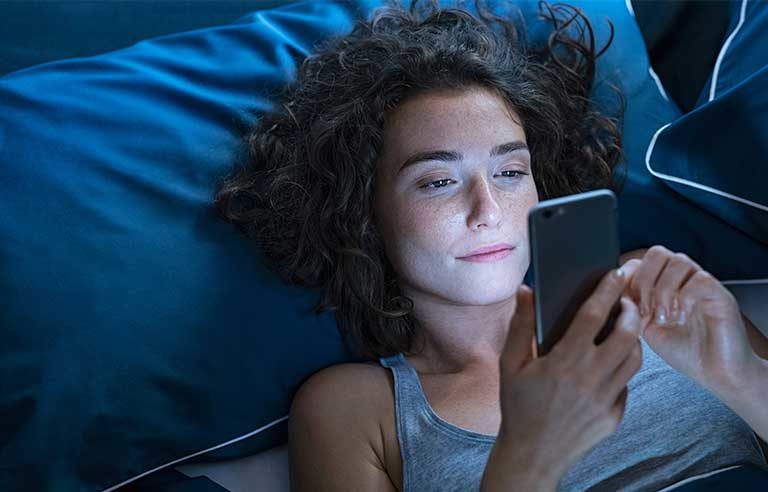Do those viral sleep hacks actually work?

Putting plants in your bedroom. Sleeping in 90-minute increments. Watching others livestream their sleep. These are just some of the viral “sleep hacks” trending on social media. Should you try them?
Don’t bother, says the American Academy of Sleep Medicine, which warns that some of these trends may even be dangerous.
The AASM recently surveyed more than 2,000 U.S. adults and found that 39% have tried a sleep hack from a social media platform, with those in younger generations more inclined to do so.
“Given our fast-paced lives, the allure of quick fixes and shortcuts to better sleep is understandable,” said John Saito, a spokesperson for the AASM and sleep medicine physician. “At best, these viral trends are unproven, but at worst – like mouth taping – they can be extremely dangerous.”
Instead, the AASM recommends these evidence-based strategies for better sleep:
- Keep a consistent sleep schedule, even on weekends and vacations.
- Make your bedroom quiet and relaxing, and maintain a cool, comfortable temperature.
- Limit your exposure to bright lights in the evening and turn off electronic devices 30 minutes before bedtime.
- Exercise regularly and maintain a healthy diet.
- Avoid caffeine, nicotine and alcohol before going to bed.
If you don’t fall asleep in the first 20 minutes, get out of bed and do a quiet activity with little light exposure until you feel sleepy.
Post a comment to this article
Safety+Health welcomes comments that promote respectful dialogue. Please stay on topic. Comments that contain personal attacks, profanity or abusive language – or those aggressively promoting products or services – will be removed. We reserve the right to determine which comments violate our comment policy. (Anonymous comments are welcome; merely skip the “name” field in the comment box. An email address is required but will not be included with your comment.)
